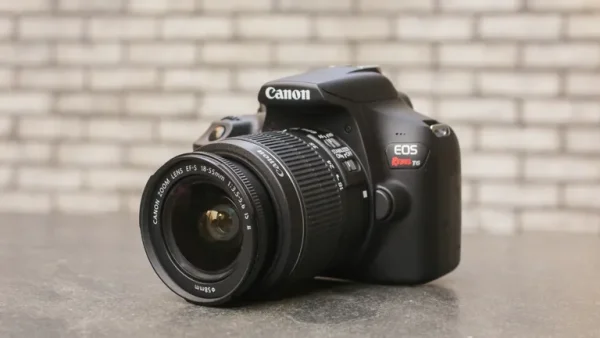Year of the JUUL
High school students are facing yet another dangerous substance temptation from 2017. Welcome to the year of the JUUL.
A JUUL is “an alternative to smoking”, similar to vapes and e-cigarettes. Back in the day, high school students would sneak off into bathrooms to catch a smoke break. Now students do the same thing with their JUULs. This seems to be so easily done because of their sleek, discreet style. The black device looks similar to a USB, and is roughly the size of a finger. This makes it easier to hide in even the smallest of pockets, as opposed to a bulky vape. A JUUL is also less potent than a cigarette or vape.
A JUUL also works simpler than a vape or cigarette. Cigarettes need to be lit, they can’t be brought inside and need to be put out once finished. Vapes need a button pressed, a level of nicotine needs to be chosen and require charged batteries. According to juullabs.com, the nicotine level is similar to that of a pack of cigarettes – using a JUUL is not meant to cease the nicotine consumption. Juuls require no buttons and can be hit once or twice and be done.
While all of these features are manufactured and marketed by the company, it is the nicotine buzz that captures the user.
“It gives a crazy buzz,” said a Mehlville senior. “It mellows you out.”
JUULs gained popularity earlier in 2017, but became a huge deal towards the beginning of the 2017-2018 school year. They aren’t just popular in St. Louis – these guys made it to USA Today because they are so popular among high schools across the nation.
This raises concern to many because most high school students do not smoke cigarettes before they start using a JUUL.
According to juullabs.com, “We believe JUUL is the first viable alternative for adult smokers. Smoking is bad for your health, and those who don’t currently use nicotine products should not start.”
The key word is “adult” in this statement. According to tobacco21.org, Missouri has more than average rates of high school smoking. To battle that, the county passed an ordinance that pushed the legal age of purchasing tobacco to 21 instead of 18.
Buying a JUUL and the corresponding pods can cause a big dent in someone’s wallet as well. A starter kit – which comes with the JUUL piece, a charger, and a variety pack of 4 pods – can cost an average of $50. Pods can cost anywhere from $15-$20, depending on the store or site. A student using a pack in one week could average a cost of $60-$80 a month.
Because JUULs are so new, there’s not a lot of solid evidence to prove they have specific health effects. However, vapes and other e-cigarettes can lead to popcorn lung.
“When inhaled, diacetyl causes bronchiolitis obliterans – more commonly referred to as “popcorn lung” – a scarring of the tiny air sacs in the lungs resulting in the thickening and narrowing of the airways,” according to the American Lung Association (ALA).
While the evidence is lacking as of right now that JUULs can cause popcorn lung, there are still health effects that are known to be caused by JUULs. Diacetyl is a chemical placed in some liquids used in vapes and e-cigarettes. Diacetyl is used for flavoring. JUULs do not have diacetyl, according to juulvapor.com. However, at the bottom of the company website, they state that, “this product contains chemicals known to the state of California to cause cancer and birth defects or other reproductive harm.”
Owning a JUUL can also create disciplinary consequences for a student who brings one to campus.
“We usually do two days in school [suspension] for possession, and two days out of school [suspension] for use, and then we go up from there,” said Assistant Principal Gregory Ruzicka.
Students need to consider all of this before they take the dive into purchasing a JUUL, or any smoking product for that matter. Ask yourself, “Am I ready to handle these consequences?”

Kayla Saller is a senior in her third year at the Mehlville Media journalism program and the Features Editor. She enjoys covering news and hanging out...














